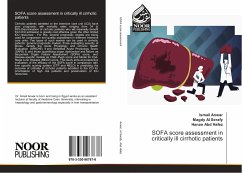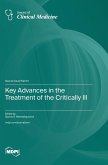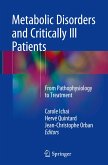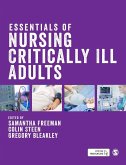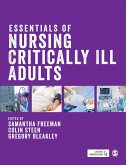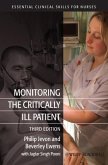Cirrhotic patients admitted to the intensive care unit (ICU) have poor prognosis; with mortality rates ranging from 34 to 69%.Discrimination of cirrhotic patients who will maximally benefit from ICU admission is greatly cost effective given the often limited ICU resources . For this, several prognostic models are being used for comparison and quality assessment in different intensive care units. Two types of such models can be used in cirrhotic patients: general prognostic models, those evaluating severity of illness, namely the Acute Physiology and Chronic Health Evaluation (APACHE) II and Simplified Acute Physiology Score (SAPS) II; and those quantifying organ dysfunction and failure as Sequential Organ Failure Assessment (SOFA) score, and disease-specific models as Child-Pugh score and Model for End-Stage Liver Disease (MELD) score. This study aims at prospective evaluation of the efficacy of the SOFA score in comparison with liver specific scoring system (CTP and MELD) in predicting the outcome of critically ill cirrhotic patients admitted to the ICU for prioritization of high risk patients and preservation of ICU resources.
Hinweis: Dieser Artikel kann nur an eine deutsche Lieferadresse ausgeliefert werden.
Hinweis: Dieser Artikel kann nur an eine deutsche Lieferadresse ausgeliefert werden.

